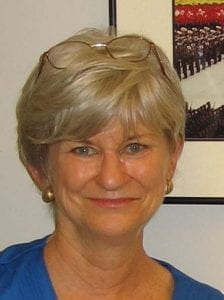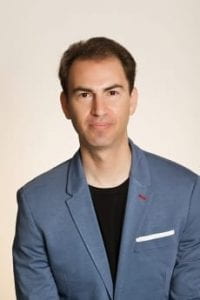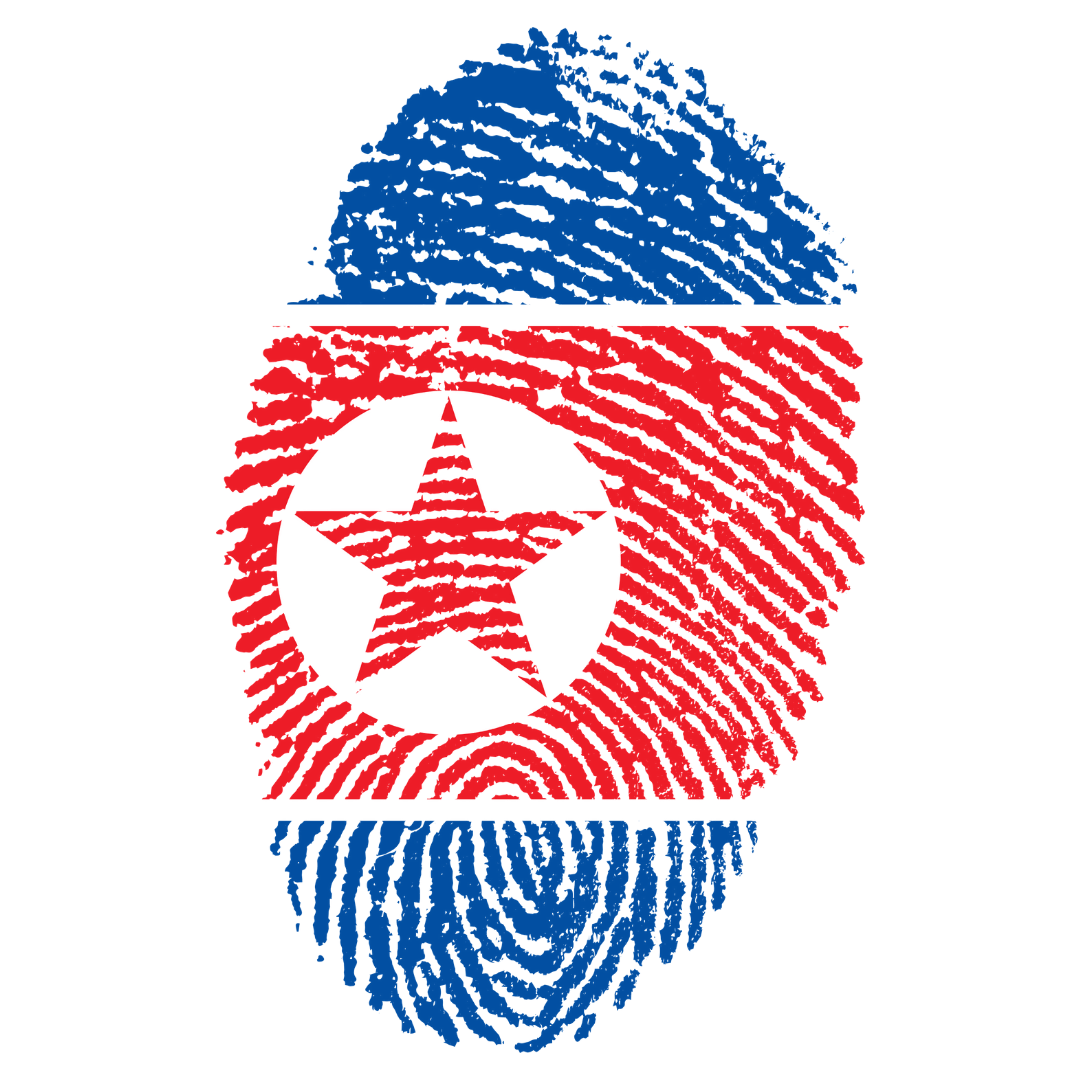“Providing Humanitarian Aid in North Korea and Other Authoritarian Settings”
Increasingly, international and domestic aid workers provide humanitarian aid in countries with authoritarian governments. One of the many dilemmas is ensuring that the most vulnerable receive the allocated aid while concurrently liaising and coordinating with national and local government entities who often don’t prioritize the needs of their at-risk populations. They may have little interest in channeling program outputs to populations targeted by the project or else perceive of the aid as an opportunity to divert funding or commodities to their allies – whether that be their family, tribe, business partners, members of the military, influential persons/entities, or others. Finally, they will often establish regulations to ensure that aid workers have limited opportunities to visit project sites.
Despite these obstacles, aid organizations should make every effort to ensure that they can be physically present in the country over the life of the project. The potential benefits to be gained by both the aid organization and the population that aid workers come in contact with can potentially exceed the obstacles and frustrations experienced by the NGO.
During a six-month period in 1998 and 1999, the presenter was employed by the Private Voluntary Organization Consortium for North Korea (PVOC), a consortium of five US non-governmental relief and development agencies. Along with six other colleagues, she carried out project assessments and the subsequent monitoring of the distribution of 150,000 MT of US Government-contributed maize and wheat through 152 food-for-work projects in seven provinces in North Korea. The projects focused on the repair of embankments that had been damaged by the previous years’ floods. This job entailed repeated contact with as many as 300 North Korean senior counterpart officials. Ms. Gavitt was one of the three Korean speakers on the team.


Gregg A. Brazinsky works on U.S.-East Asian relations and East Asian international history. He is interested in the flow of commerce, ideas, and culture among Asian countries and across the Pacific. He is proficient in Mandarin Chinese and Korean. He is the author of two books: Winning the Third World (2017), which focuses on Sino-American Rivalry in the Third World and Nation Building in South Korea (2007), which explores U.S.-South Korean relations during the Cold War.

